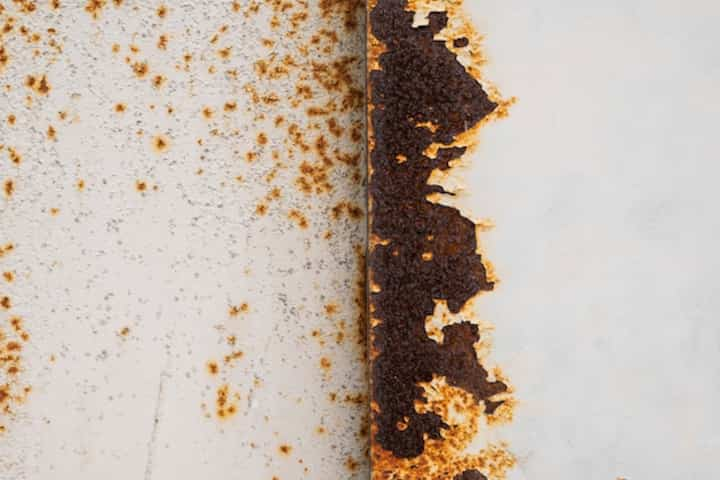
Comprehensive Guide to Mold Damage Repair Services in Burlington
Dealing with mold damage is a challenging task that requires immediate attention and professional expertise, particularly in Burlington where humidity levels can foster mold growth. Mold not only damages property but also poses serious health risks to residents. Understanding the comprehensive process of mold damage repair services can help homeowners and property managers mitigate risks and ensure a safer living environment.
Understanding Mold Damage
Mold is a type of fungus that thrives in damp, humid conditions. It can grow on various surfaces such as walls, ceilings, and floors, often resulting in significant damage if not addressed promptly. Mold exposure is linked to various health issues, including respiratory problems, allergies, and even more severe conditions in vulnerable individuals.
Causes of Mold Growth
- High humidity and condensation levels
- Leaking roofs, pipes, or windows
- Flooding or water damage
- Poor ventilation in bathrooms and kitchens
For a more in-depth analysis of mold causes, read more about this topic.
Steps in Mold Damage Repair
The process of mold damage repair involves several critical steps to ensure thorough remediation and prevention of future growth.
Inspection and Assessment
Professional repair services begin with a detailed inspection to assess the extent of mold growth. This step often involves the use of specialized tools to detect hidden moisture and mold colonies.
Containment
To prevent the spread of mold spores, containment measures are essential. This may include sealing off affected areas with plastic sheeting and establishing negative air pressure to stop spores from traveling to other parts of the building.
Air Filtration
High-efficiency air filtration systems capture mold spores from the air. This step is crucial for improving air quality and preventing respiratory issues associated with mold exposure.
Removal of Mold and Mold-Infested Materials
Non-salvageable materials, such as drywall, carpeting, and insulation, are removed and disposed of properly. Surfaces that can be cleaned are treated with specialized cleaning agents.
Cleaning and Restoration
Once mold-affected materials are removed, thorough cleaning and sanitization of the area are performed to restore the property to its pre-damage condition. This step often includes the application of antimicrobials to prevent future mold growth.
For a detailed guide on the entire process, learn more in this detailed guide.
Preventing Future Mold Growth
Preventive measures are key to avoiding future mold problems. Consider these strategies:
- Maintain humidity levels below 60% using dehumidifiers
- Ensure proper ventilation in high-moisture areas like bathrooms and kitchens
- Regularly inspect and repair leaks in roofs and plumbing
- Use mold-resistant products when building or renovating
Explore further insights here on mold prevention techniques.
Choosing the Right Mold Damage Repair Service
Selecting a professional service is crucial for effective mold remediation. Consider the following factors:
- Certification and experience in mold remediation
- References and reviews from previous clients
- Detailed service quotes and clear communication
- Use of advanced technology and methods
Find additional information here to make an informed decision when choosing a service provider.
Mold damage can significantly impact both property and health. By understanding the comprehensive repair process and taking proactive steps, residents in Burlington can protect their properties and ensure a safe living environment.